The Ultimate Guide to Modern Data Quality Management (DQM) For An Effective Data Quality Control Driven by The Right Metrics
datapine
SEPTEMBER 29, 2022
More generally, low-quality data can impact productivity, bottom line, and overall ROI. We’ll get into some of the consequences of poor-quality data in a moment. However, let’s make sure not to get caught in the “quality trap,” because the ultimate goal of DQM is not to create subjective notions of what “high-quality” data is.

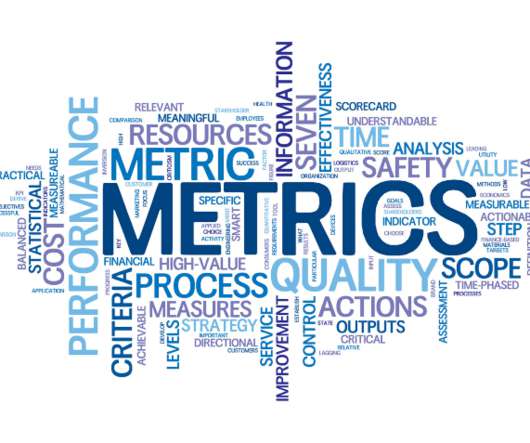

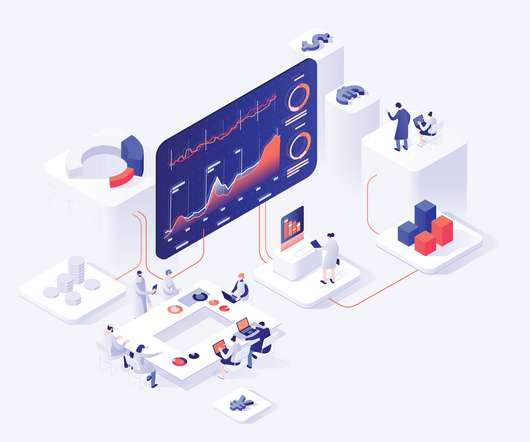




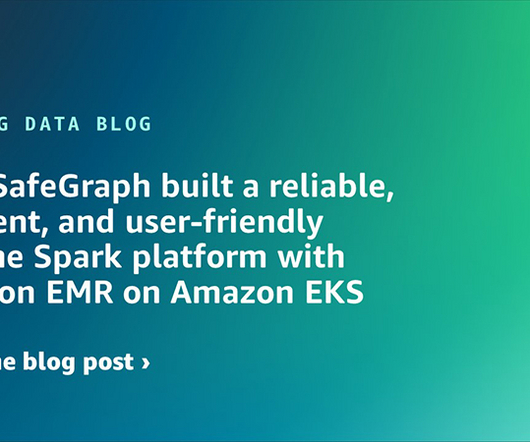
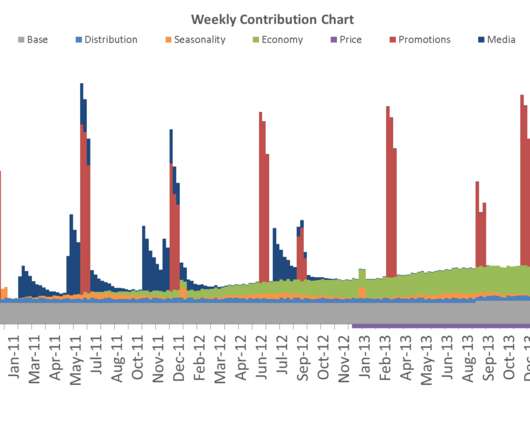


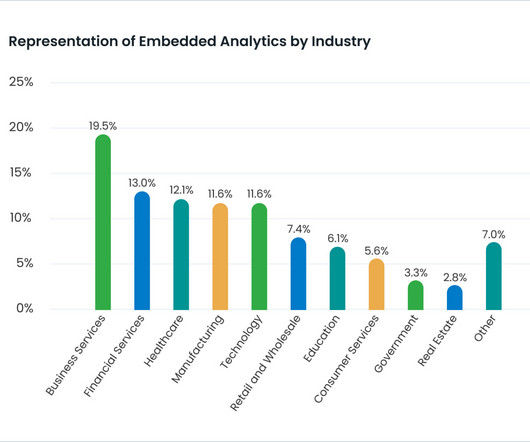










Let's personalize your content